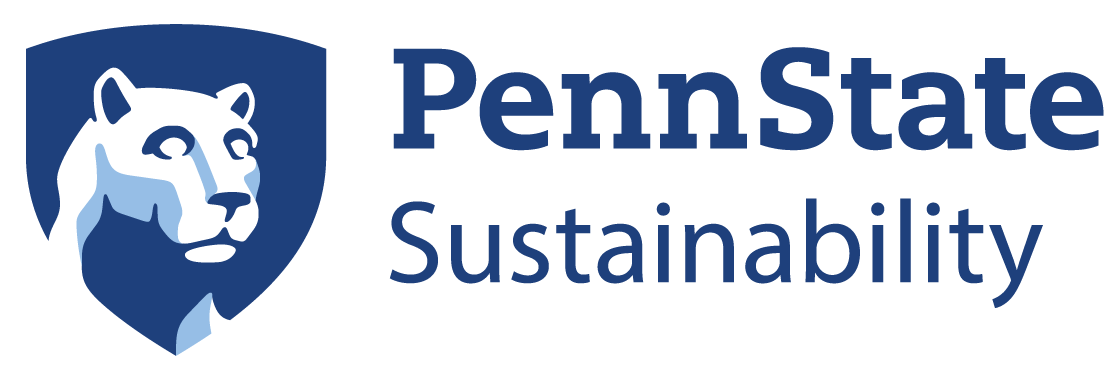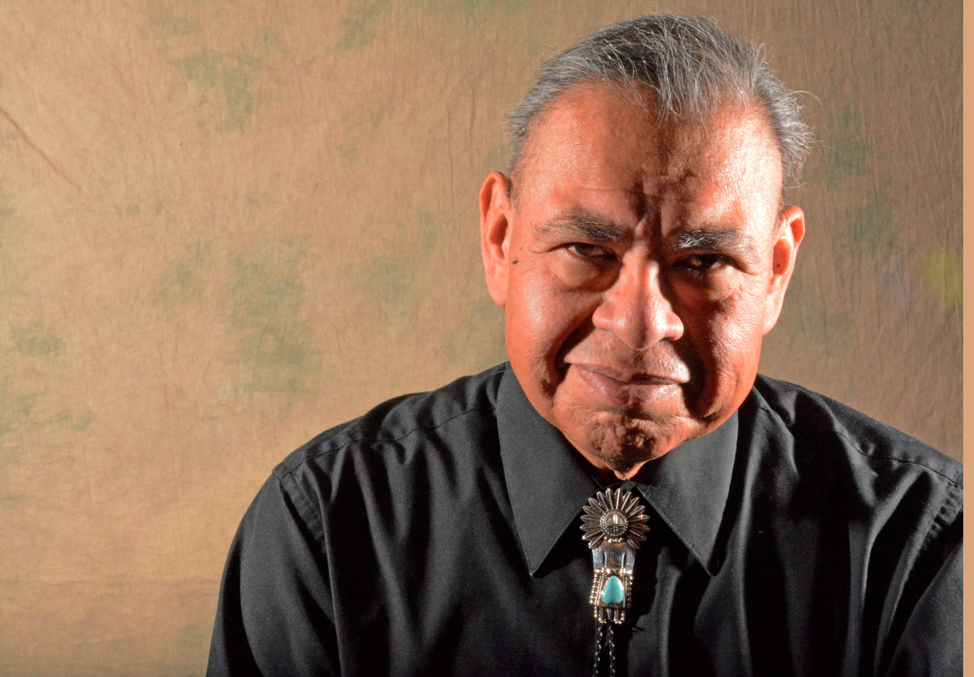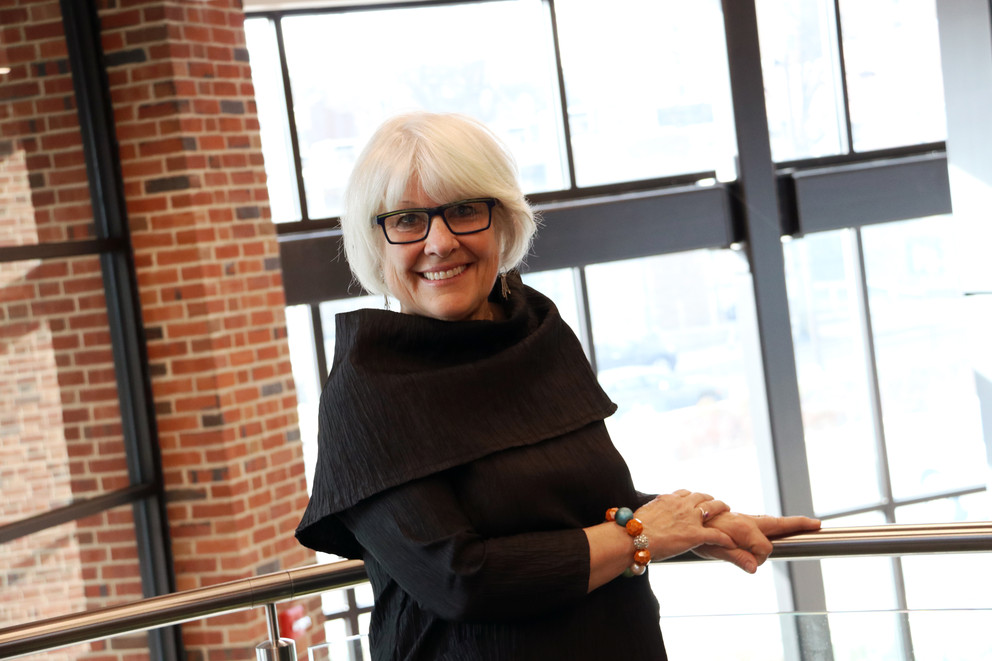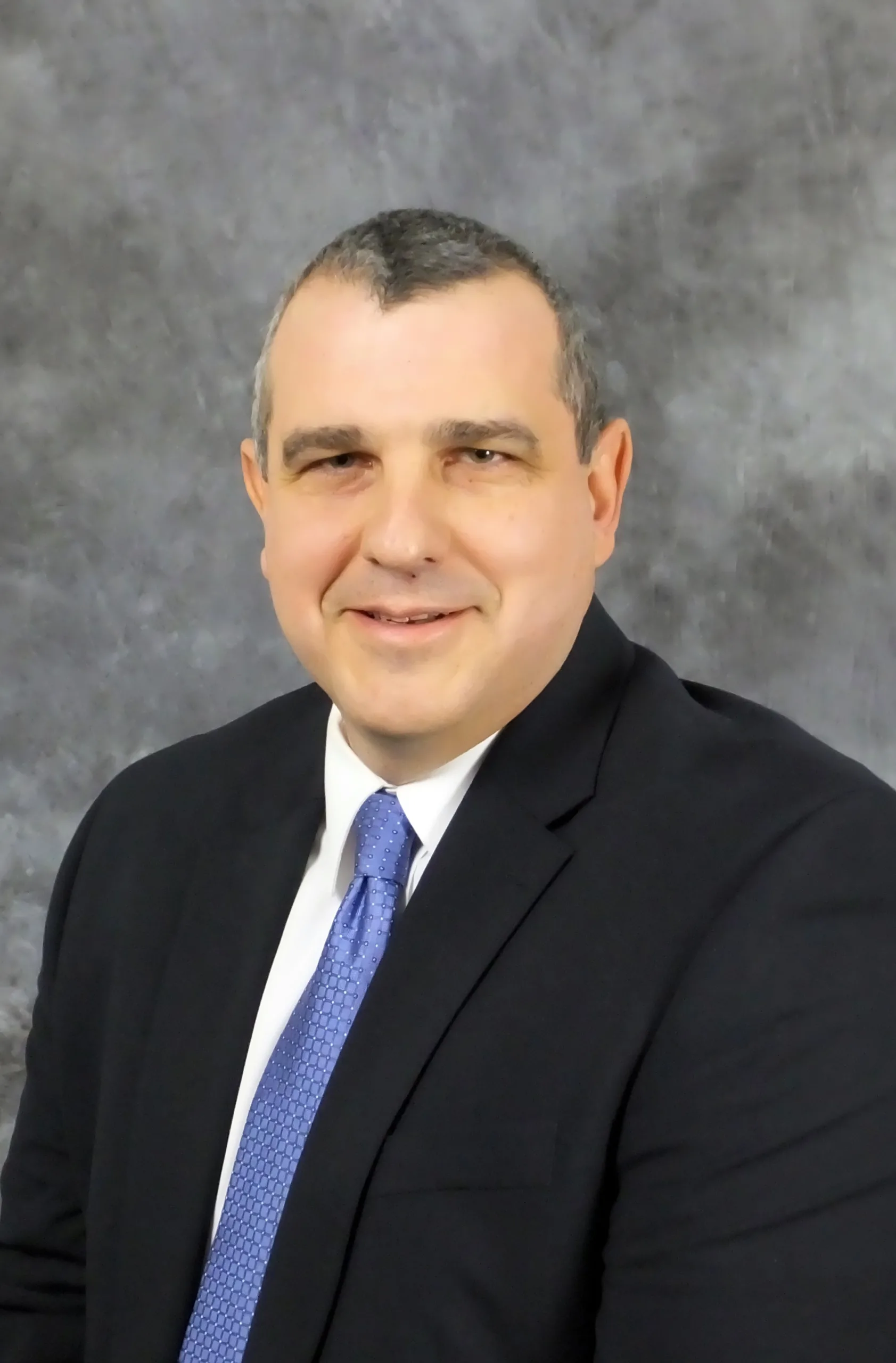Hilary Caldwell, Penn State Campus Organizer for the Climate Action Campaign
In our recent interview, Hilary Caldwell, Penn State’s Campus Organizer for the Climate Action Campaign (CAC) during the Spring 2024 semester, shared her experience mobilizing individuals through civic engagement to tackle the climate crisis.
During her time working on the CAC at Penn State, Caldwell educated students on voter registration and the impact of climate action campaigns when advocating for policy change. She also sought to empower and educate students with the educational tools and resources to champion climate action.
A pivotal part of the CAC is advocating for policies that combat the climate crisis at an accelerated pace, given the current challenges emerging from climate change. Caldwell’s work involved sitting down with students, discussing what matters most to them, and empowering them to realize their power to create change not next year or in the next decade but right now.
How did you first become involved with climate action, and what motivated you to join the Climate Action Campaign?
Since I began organizing, climate action has been at the forefront of my work. For several years, it was about developing policy and delivering messaging for political candidates who would take action against our climate crisis. This last semester, however, I had the incredible opportunity to engage with students on climate action through a national, nonpartisan advocacy organization. I wanted to take that opportunity to meet students where they are and learn from them about the issues that matter most.
How would you describe the Climate Action Campaign’s mission to those unfamiliar with the coalition? How are the goals of the CAC interconnected with the U.N. Sustainable Development Goals (SDGs)?
The website best describes it: “CAC is a vibrant coalition of a dozen major national environment, environmental justice, and public health groups. Our goal is to reduce climate pollution and accelerate the transition to clean energy and a sustainable society in ways that support justice, jobs, improved health, and quality of life for all.”
In terms of meeting the SDGs, they’re incredibly aligned. What strikes me about the SDGs is how community-focused they are. Our climate is the foundation for a community’s health and well-being because it impacts every facet of our lives.
Suppose we can right the inequities of poverty, hunger, job infrastructure, a lack of accessible healthcare, affordable housing, clean air and water—and so much more—by looking holistically at how our climate and environment are determinants in each of those and working across sectors to find actionable solutions. In that case, we can change the baseline of our communities and move forward from there.
Could you tell us about your role as the Penn State Campus Organizer for the Climate Action Campaign? What are your primary responsibilities?
As a campus organizer, my goals this past semester were primarily twofold: gather petition signatures to elevate the voices of young constituents to our federal administration and empower young voters to participate in their democracy and civic duty by registering and voting in the April primary.
But so much of that was rooted in engagement and creating our community—from town halls with local elected officials to collaborating with partner organizations, participating in the first-ever National Environmental Youth Advisory Council, and forming our club on campus, we needed to be able to build our own coalition between students, organizations, and community members at large.
July 28th is World Nature Conservation Day. How do the Climate Action Campaign’s missions align with nature conservation?
Understanding that the climate crisis is not a distant threat is crucial. Simply put, we’re no longer waiting for a hypothetical to happen—the climate crisis is here. In the U.S. and globally, we’ve experienced extremely dangerous environmental events, such as flooding and hurricanes, droughts, wildfires, and more, and we will continue to feel the aftershocks of those events until direct action is taken.
That means focusing on as many lanes as we can, from putting pressure on our federal administration and agencies to encouraging state legislatures to codify conservation and protections to holding corporations and mass producers accountable for their part in pollution and destruction.
How does your position contribute to the University’s commitment to the SDGs?
I am technically unaffiliated with the University. However, any organization committed to taking action against our climate crisis and collaborating with other invested student and faculty groups to achieve their goals can contribute to and ultimately benefit PSU’s overall intended goals.
SDG 13 aims to “Take urgent action to combat climate change and its impacts.” Given that significantly fewer citizens vote in the primaries than in the general election in any given election cycle, how have you tackled encouraging students to register to vote specifically during the primaries?
I want to acknowledge the complexity and challenges of our time. Every generation faces its own challenges, but my generation and yours are burdened with the ramifications of decades of abuse from those in power who prioritized their own financial and authoritative gain. It’s natural to feel overwhelmed, disillusioned, and angry when confronted with the multitude of crises we’re facing—global, humanitarian, democratic, and more.
However, amidst the challenges we face, my perspective is that it’s our responsibility to make things right. If there’s one thing I can do this election cycle, it’s to encourage young voters to use their voice to bring about change. This starts by meeting people where they are, understanding and discussing the issues and values that matter to them, and bridging gaps to strengthen our alliances and take collective action.
You’ve prompted events like “Sweets for Sustainability” and “Voter Registration Blitz” to inform students about climate action opportunities on campus, register to vote, and collect petition signatures. How did these outreach events encourage potential voters to register? Were any events, including these, particularly impactful in increasing voter registration?
Our CAC students organized Sweets for Sustainability! From start to finish, it was their idea, so I wanted to help empower them to execute the event as successfully as possible. In my experience, peer-to-peer organizing can be super effective, so there were a lot of great conversations that day.
Our Voter Registration Blitz was six intense days! From having CAC students table to register students in between classes to me hopping into classes to talk students through the registration process, we were successful in our efforts—particularly in this primary.
What are some of your most rewarding experiences while working in this position?
Overall, the most rewarding element of this position was developing relationships with young voters and activists and seeing their leadership and organizational power grow. I’m also immensely proud of our town hall, partnering with the McCourtney Institute for Democracy, our voter registration efforts, and the partnerships with other campus organizations.
What do you feel is the best way to engage college students to get involved in climate action? Have any partnerships on campus improved your engagement with the Penn State community?
One of the great things about being on such a large campus is that there are plenty of outlets for expression or engagement. As an organization, finding creative and fun ways to make an issues-based activity fun and community-oriented can be successful. Participating in campus-wide events like EarthFest, sponsored by EcoAction, where each organization provides a different student activity, can also be a boon for all involved.
What obstacles have you faced acting as the Penn State Campus Organizer for the Climate Action Campaign, and how have you tackled those obstacles?
For any external organization that isn’t a registered student organization, reserving spaces on campus, getting access to resources, and fully integrating into the campus community is challenging. Respectful persistence goes a long way, as does research—putting in the work ahead of time to know who the allied faculty and organizations on campus are that you can work with is a crucial step.
What have you found most successful in preparing student volunteers to become spokespersons for the Climate Action Campaign for events around campus?
Practice and preparation beget confidence! Combine that with passion, and you have a well-rounded, engaging, and authentic spokesperson. That can mean anything from developing a detailed outline or script for an event to rehearsing talking points to role-playing giving class or faculty presentations.
What advice would you give students and community leaders trying to make a difference through climate action?
For any type of organizing, just keep at it. We’ve all got different parts to play in our efforts, so don’t feel discouraged if one tactic or moment doesn’t play out how you thought it would. Learn from it and then return to the table willing to be a part of the solution for the next steps. Be intentional in strategic planning and flexible enough to adapt. And remember why we do this: for our planet and each other.






